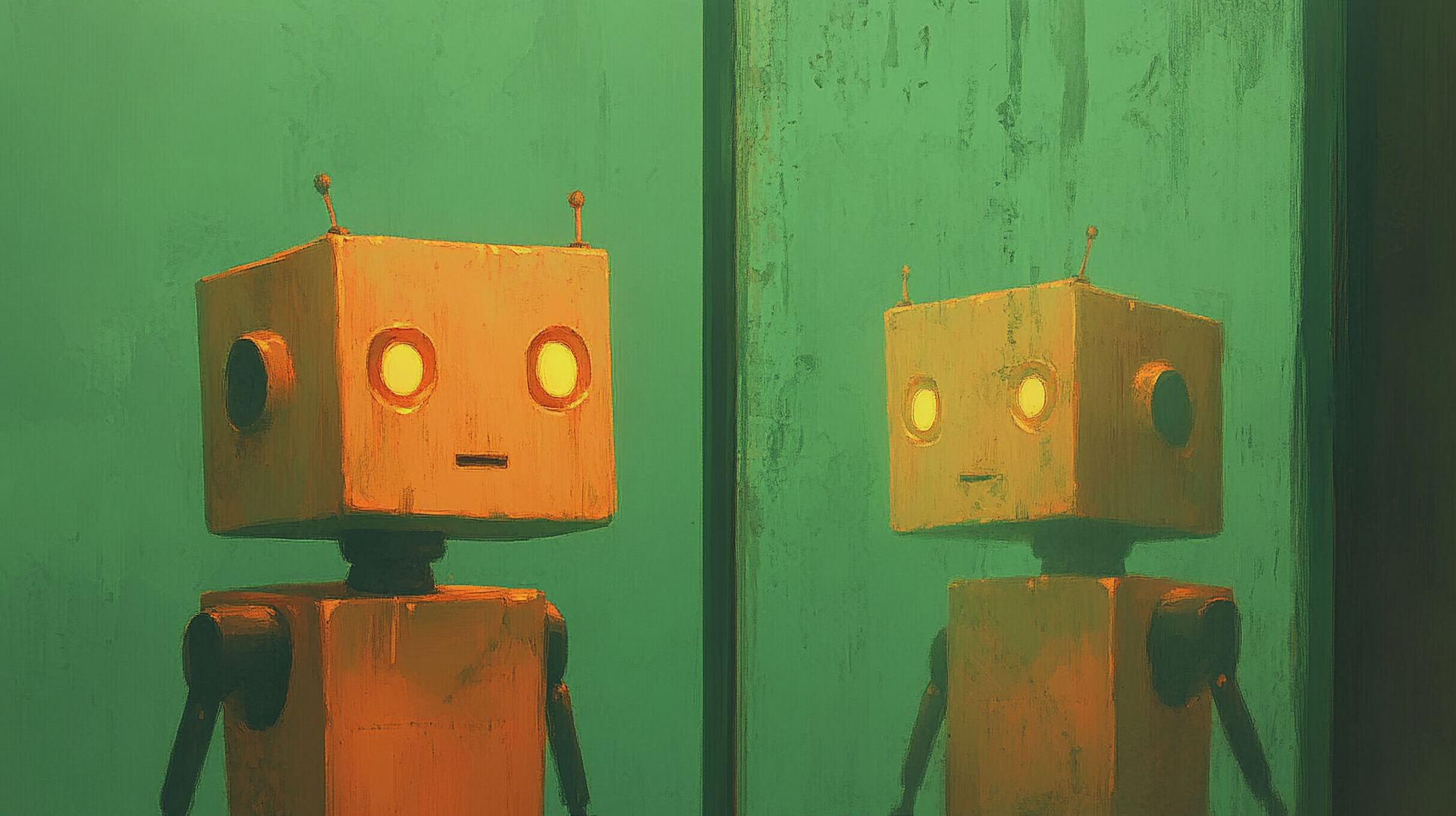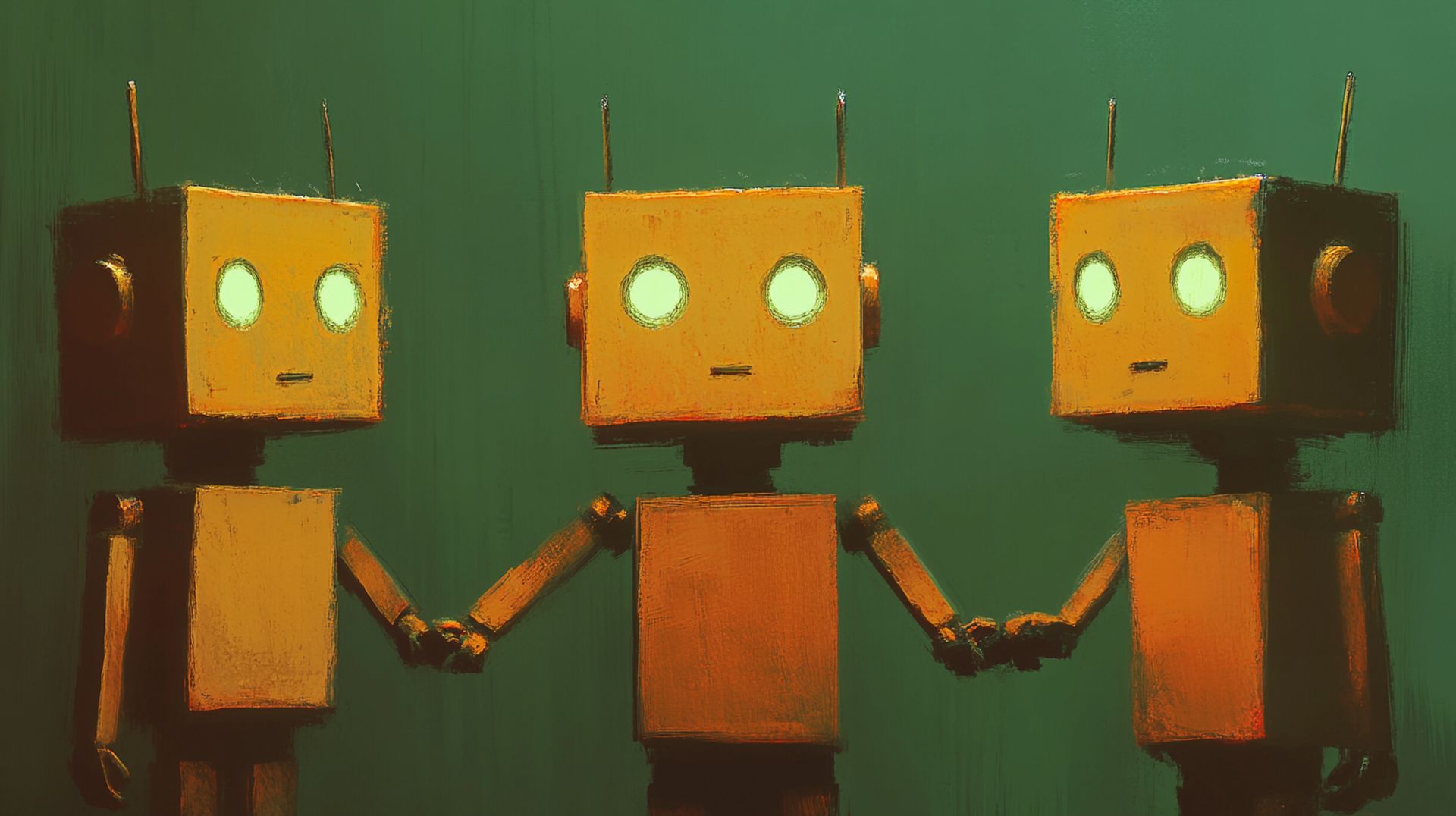and the distribution of digital products.
DM Television
Robots can now convince robots that they aren’t robots

As AI technology progresses, the digital environment continues to astonish us all…
AI can now pass reCAPTCHAv2 image identification testsArguably, the most evident development on why that is true occurred when researchers from ETH Zurich in Switzerland managed to train an AI model to solve Google’s reCAPTCHAv2 image identification tests. These reCAPTCHA tests, familiar to many web users, usually present images of traffic lights, vehicles, and other everyday objects for security to weed out bots or automated systems.
“Our work examines the efficacy of employing advanced machine learning methods to solve captchas from Google’s reCAPTCHAv2 system. We evaluate the effectiveness of automated systems in solving captchas by utilizing advanced YOLO models for image segmentation and classification. Our main result is that we can solve 100% of the captchas, while previous work only solved 68-71%. Furthermore, our findings suggest that there is no significant difference in the number of challenges humans and bots must solve to pass the captchas in reCAPTCHAv2. This implies that current AI technologies can exploit advanced image-based captchas. We also look under the hood of reCAPTCHAv2, and find evidence that reCAPTCHAv2 is heavily based on cookie and browser history data when evaluating whether a user is human or not. The code is provided alongside this paper,” researchers stated.
Appropriately, the AI was named YOLO, which means “You Only Look Once.” It was trained only on images used in reCAPTCHA challenges.
The results were spectacular: this AI model passed these tests with 100% accuracy.
This is a huge leap from the earlier attempts at AI, which could solve only about 68-71% of these challenges. What this means is that this artificial intelligence can mimic human behavior to the extent that it consistently passes for a real person in these security tests.
 Researchers from ETH Zurich in Switzerland managed to train an AI model to solve Google’s reCAPTCHAv2 image identification tests
Researchers from ETH Zurich in Switzerland managed to train an AI model to solve Google’s reCAPTCHAv2 image identification tests
This finding has greater consequences for internet security as a whole. CAPTCHA, a short form for “Completely Automated Public Turing test to tell Computers and Humans Apart,” was devised in the first place to prevent bots, scrapers, and other unwanted actors. As time passed, reCAPTCHA shifted from out-of-distortion text challenges to image recognition tasks to even “invisible” checks tracking user behavior such as mouse movement.
The goal has always been the same: to differentiate humans from machines.
But this new AI capability undercuts that goal. If the AI can solve the reCAPTCHAs perfectly, the very security system many websites rely on will be undermined. The implications of this go beyond a mere basic layer of user authentication to prevent spam, automatic content scraping, and various other forms of cyberattacks.
As AI continues to outsmart CAPTCHA systems, experts suggest that the solution might be to make the tests harder. Yet, this creates its own set of challenges. Tougher CAPTCHAs could exacerbate accessibility issues, especially for those with visual impairments who already struggle with the visual nature of the tests.
Is AI creative: Answering the unanswerable
However, at least the big names in the tech game have not been panicking yet. For example, Google has gone ahead to move past image-based CAPTCHAs for much of its protection. Later, in 2018, it introduced reCAPTCHAv3, which works more invisibly, analyzing user behavior, such as cursor movement. Private Access Tokens were also developed by Apple as part of iOS 16. This skips the need for CAPTCHA whenever this device-based authentication method is employed.
While CAPTCHA still presents a proverbial bar for the existence of many websites, the development of AI just shows how quickly machines adapt to security systems designed to keep them out. As device fingerprinting, behavioral analysis, and others take the stage as potential successors, the ways of separating bots from humans are bound to grow increasingly sophisticated. As AI capabilities grow, the line between human and machine activity online grows increasingly blurred, and the internet is forced to adapt to an automated reality.
And in this new digital age, it would appear even robots are capable of convincing other robots that they aren’t robots…
Image credits: Kerem Gülen/Midjourney
- Home
- About Us
- Write For Us / Submit Content
- Advertising And Affiliates
- Feeds And Syndication
- Contact Us
- Login
- Privacy
All Rights Reserved. Copyright , Central Coast Communications, Inc.